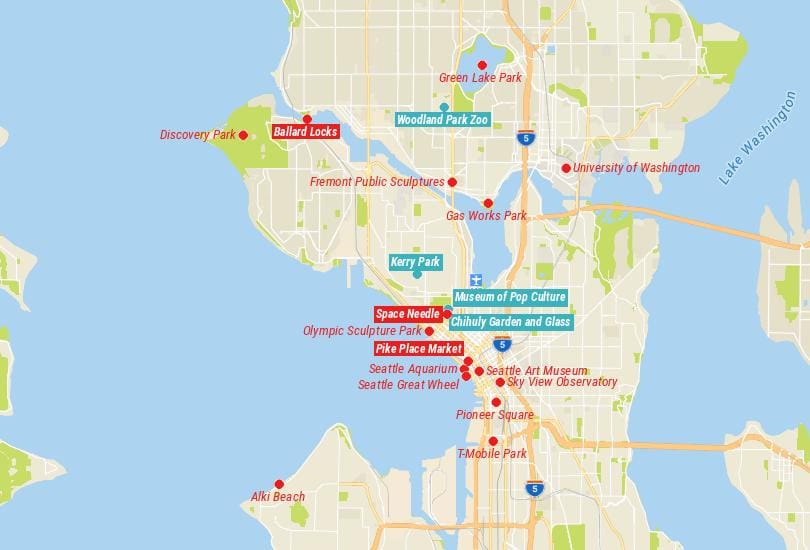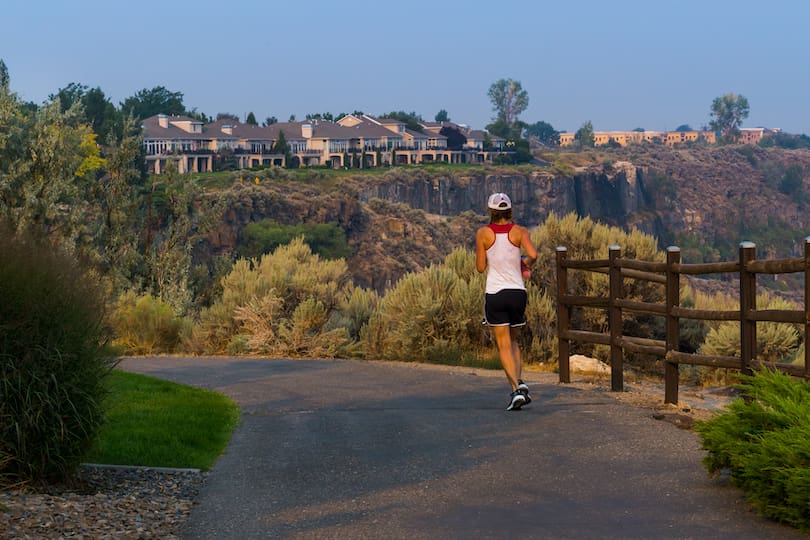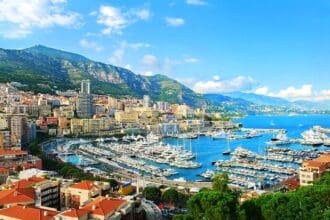Located in the southern part of India, Thanjavur is a city rich in cultural and historical heritage. It is known for its magnificent temples, exquisite handicrafts, and traditional art forms. One of the most prominent landmarks of Thanjavur is the Royal Palace, which has been witness to the grandeur and opulence of the Maratha dynasty that once ruled the region. In this article, we will explore the history, architecture, and cultural significance of the Thanjavur Royal Palace.
History of the Thanjavur Royal Palace
The Thanjavur Royal Palace was constructed during the Nayak dynasty in the 16th century. Later, it was renovated and expanded by the Maratha rulers in the 17th century. The palace served as the residence of the Maratha kings of Thanjavur, who were great patrons of art, literature, and culture. The palace was also the seat of the royal administration and witnessed many important historical events.
Architecture of the Thanjavur Royal Palace
The Thanjavur Royal Palace is a fine example of the architectural style prevalent during the Maratha period. The palace is a sprawling complex, consisting of several courtyards, halls, and chambers. The palace is built of granite and has a unique blend of Dravidian and Maratha architectural styles. The palace has several intricate carvings and sculptures, depicting scenes from Hindu mythology and historical events.
Attractions in the Thanjavur Royal Palace
The Thanjavur Royal Palace is a treasure trove of art and architecture. The palace has several attractions that are worth visiting. Some of the notable ones are:
Saraswathi Mahal Library
Saraswathi Mahal Library is a rare treasure trove of ancient manuscripts and books. The library has over 30,000 palm-leaf manuscripts, many of which are in Sanskrit and Tamil. The library also has a collection of rare books in several languages, including English, French, and German.
Art Gallery
The Art Gallery in the Thanjavur Royal Palace is a visual treat for art lovers. The gallery has a collection of exquisite paintings, sculptures, and handicrafts. The paintings depict various themes, including portraits, landscapes, and mythological scenes.
Bell Tower
The Bell Tower in the Thanjavur Royal Palace is a unique structure, which is believed to have been built during the reign of the Nayak dynasty. The tower is over 200 feet tall and has a bell that weighs over 3,700 kg. The bell is rung every day at noon.
Cultural Significance of the Thanjavur Royal Palace
The Thanjavur Royal Palace has played a significant role in promoting art, literature, and culture. The Maratha kings of Thanjavur were great patrons of the fine arts and literature. They encouraged the development of traditional art forms, such as Bharatanatyam, Carnatic music, and Tanjore painting. The palace also served as a center of learning, where scholars and intellectuals from different parts of the country congregated.
Visiting the Thanjavur Royal Palace
The Thanjavur Royal Palace is open to visitors from 9 am to 5 pm on all days of the week. The entry fee for Indian citizens is Rs. 50, and for foreign nationals, it is Rs. 250. The palace is located in the heart of the city and is easily accessible by road.
Conclusion
The Thanjavur Royal Palace is a testament to the rich cultural and historical heritage of Thanjavur. The palace is a must-visit destination for anyone interested in art, architecture, and culture. The palace is a window to the glorious past of Thanjavur. We hope this article has piqued your interest in exploring this magnificent landmark and discovering more about the rich cultural heritage of Thanjavur. Whether you are a history buff, an art lover, or simply someone who appreciates beauty and culture, the Thanjavur Royal Palace is a destination you should not miss. Plan your visit today and discover the grandeur and opulence of the Maratha dynasty that once ruled the region.
FAQs
- What is the best time to visit the Thanjavur Royal Palace? Ans: The best time to visit the Thanjavur Royal Palace is between October to March when the weather is pleasant.
- Is photography allowed inside the palace? Ans: Yes, photography is allowed inside the palace, but videography is prohibited.
- What are the other attractions near the Thanjavur Royal Palace? Ans: Some of the other attractions near the Thanjavur Royal Palace are Brihadeeswara Temple, Thanjavur Art Gallery, and Schwartz Church.
- Are there any food and beverage options available near the palace? Ans: Yes, there are several restaurants and cafes near the palace that serve traditional South Indian cuisine.
- Is the palace wheelchair accessible? Ans: Yes, the palace is wheelchair accessible, and there are ramps and elevators for easy access.















